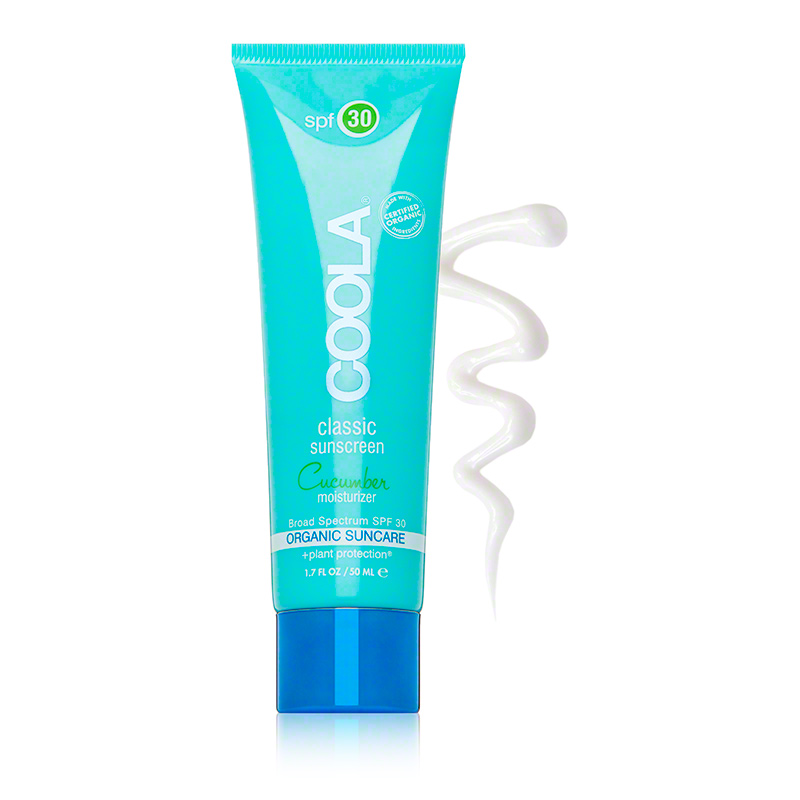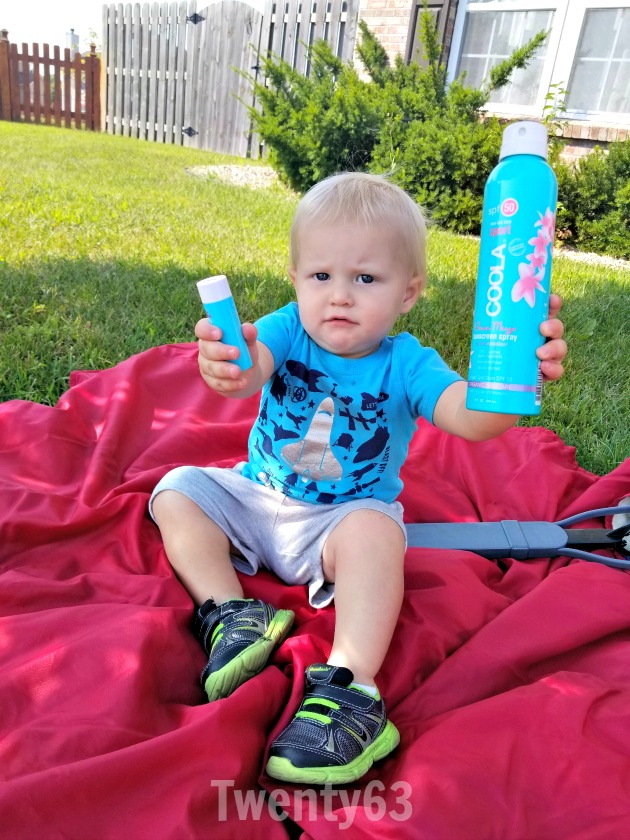
- Coola sunscreen products how to#
- Coola sunscreen products skin#
- Coola sunscreen products full#
- Coola sunscreen products free#
Coola sunscreen products free#
“This provides antioxidants, which help to combat the free radicals produced during sun exposure, decreasing sunburn response and helping to combat any sun damage that occurs.
Coola sunscreen products skin#
“It’s an extract of a fern found in Central and South America used for centuries to treat skin disorders,” Lortscher says. If you’re worried about your body’s anti-aging defenses, due to overexposure, then Lortscher suggests taking a Polypodium leucotomos supplement. He says to practice sun avoidance techniques, too, like avoiding peak midday hours, resting in the shade, and wearing protective clothing or eyewear. During a long day at the beach, one person should use around one half to one-quarter of an 8-ounce bottle.” “Studies show that most people apply only half to a quarter of that amount, which means the actual SPF they have on their body is lower than advertised.

Coola sunscreen products full#
Be sure to apply it properly and often: “To ensure that you get the full SPF of a sunscreen, you need to apply 1 ounce (2 tablespoons) to your entire body 30 minutes before going outside,” he says. Once your skin is back in business, Lortscher says to stick with a broad-spectrum sunscreen of SPF 30 or greater, and ideally a mineral one. Lortscher says they do not need to be popped and drained. Look for active ingredients like zinc oxide and titanium dioxide, which he says are non-comedogenic and safe to use on skin.Īdditionally, let any blisters break on their own. Instead, Lortscher suggests using physical/mineral sunscreens. Most importantly, avoid using chemical sunscreens since they may irritate skin further. Shield skin with SPF 50 in the weeks that follow, downgrading only to SPF 30 as desired-but only once the skin has healed. If you insist on returning to the sun, do so only once the burn has subsided. After burned skin peels, the newly exposed layers are usually lighter in color as the more superficial tanned skin calls have been shed these areas are more sensitive to sunlight and must be diligently protected for several weeks.” Sunburned skin begins healing by itself within several days, but complete healing may take weeks. “The destroyed skin cells slough off on their own, which we see as peeling. Refrain from using any body scrubs or exfoliators to brush off the dead skin, Lortscher advises. It may be tempting to use a topical pain reliever, but we recommend avoiding ‘-caine’ products (such as benzocaine), as these may irritate the skin or cause an allergic reaction.” If you are experiencing higher discomfort in some areas, Lortscher suggests using a non-prescription hydrocortisone cream, with an added warning: “It is important to remember that, because topical steroids can cause skin-thinning and acne-like bumps, it’s best to not use them (especially on the face) for more than 3 to 4 days. (And following any bout with the sun, not just in response to burns.) In the Hours and Days Following the Burn Since sunburns can cause dehydration, Lortscher also stresses that you drink lots of water following overexposure. Alternatively, you can apply a cool compress to the area, but should absolutely avoid ice, since it can further injure the skin with frostbite. Lortscher advises taking a long, cool shower, or running any isolated burns under cool water for 20 minutes. If you’ve just been sunburned, it’s important to quickly cool and rinse the affected area.

We quizzed him on the best ways to treat sunburns, both immediately after exposure and in the days and weeks that follow. David Lortscher, board-certified dermatologist, as well as the CEO and co-founder of Curology. There are a lot of rumors about what works and what doesn’t, but you should only take advice from a professional.
:fill(white)/marketplace/products/416020/original/20397480401.jpg)

Coola sunscreen products how to#
Instead, let’s lessen the pain and focus on how to heal your skin quickly and safely. We’re not here to harp on what you should have done. It happens, even if you know full and well how to prevent it.


 0 kommentar(er)
0 kommentar(er)
